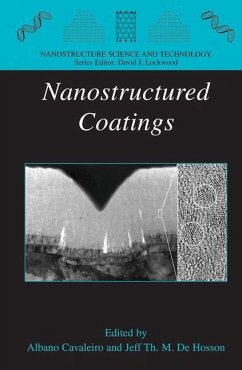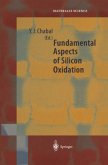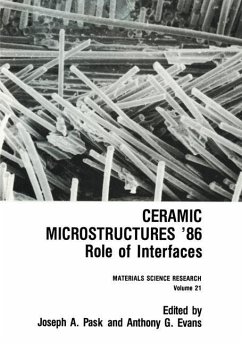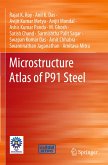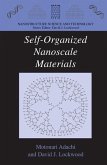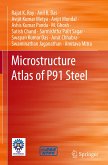Controlling the performance of structures and components of all sizes and shapes through the use of engineered coatings has long been a key strategy in materials processing and technological design. The ever-increasing sophistication of en- neered coatings and the rapid trend toward producing increasingly smaller devices with greater demands on their fabrication, properties and performance have led to signi?cant progress in the science and technology of coatings, particularly in the last decade or two. Nanostructured coatings constitute a major area of sci- ti?c exploration and technological pursuit in this development. Withcharacteristic structural length scales on the order of a few nanometers to tens of nanometers, nanostructured coatings provide potential opportunities to enhance dramatically performance by offering, in many situations, extraordinary strength and hardness, unprecedented resistance to damage from tribological contact, and improvements in a number of functionalproperties. At the same time, there are critical issues and challenges in optimizing these properties with ?aw tolerance, interfacial adhesion and other nonmechanical considerations, depending on the coating systems and applications. Nanostructured coatings demand study in a highly interdisciplinary research arena which encompasses: surface and interface science study of defects modern characterization methodologies cutting-edge experimental developments to deposit,synthesize, conso- date, observe as well as chemically and mechanically probe materials at the atomic and molecular length scales state-of-the-art computational simulation techniques for developing - sightsintomaterialbehaviourattheatomicscalewhichcannotbeobtained in some cases from experiments alone The interdisclipinarynature of the subject has made it a rich playing ?eld for scienti?c innovation and technological progress.
